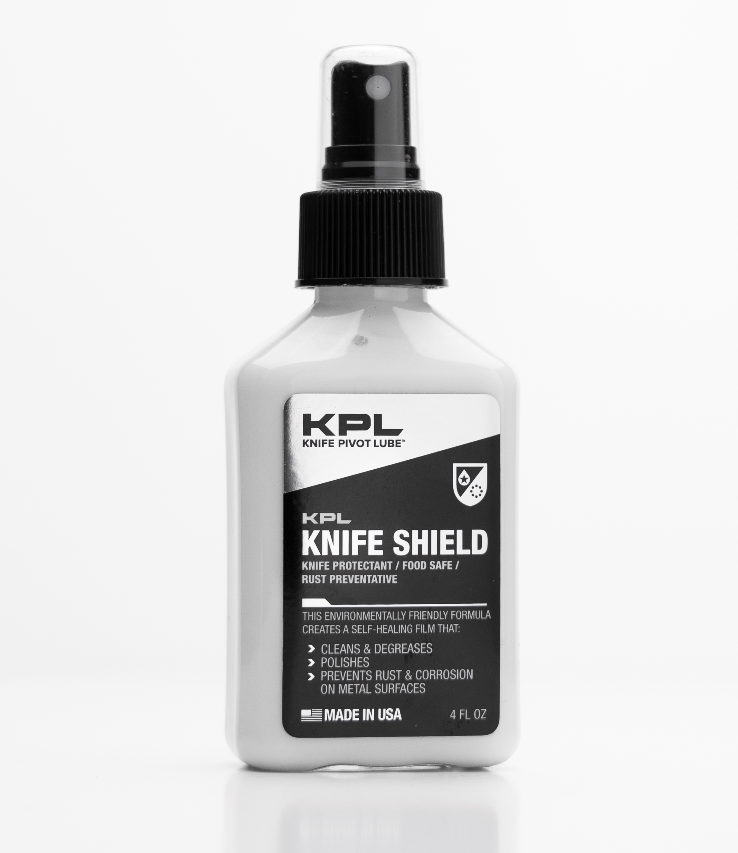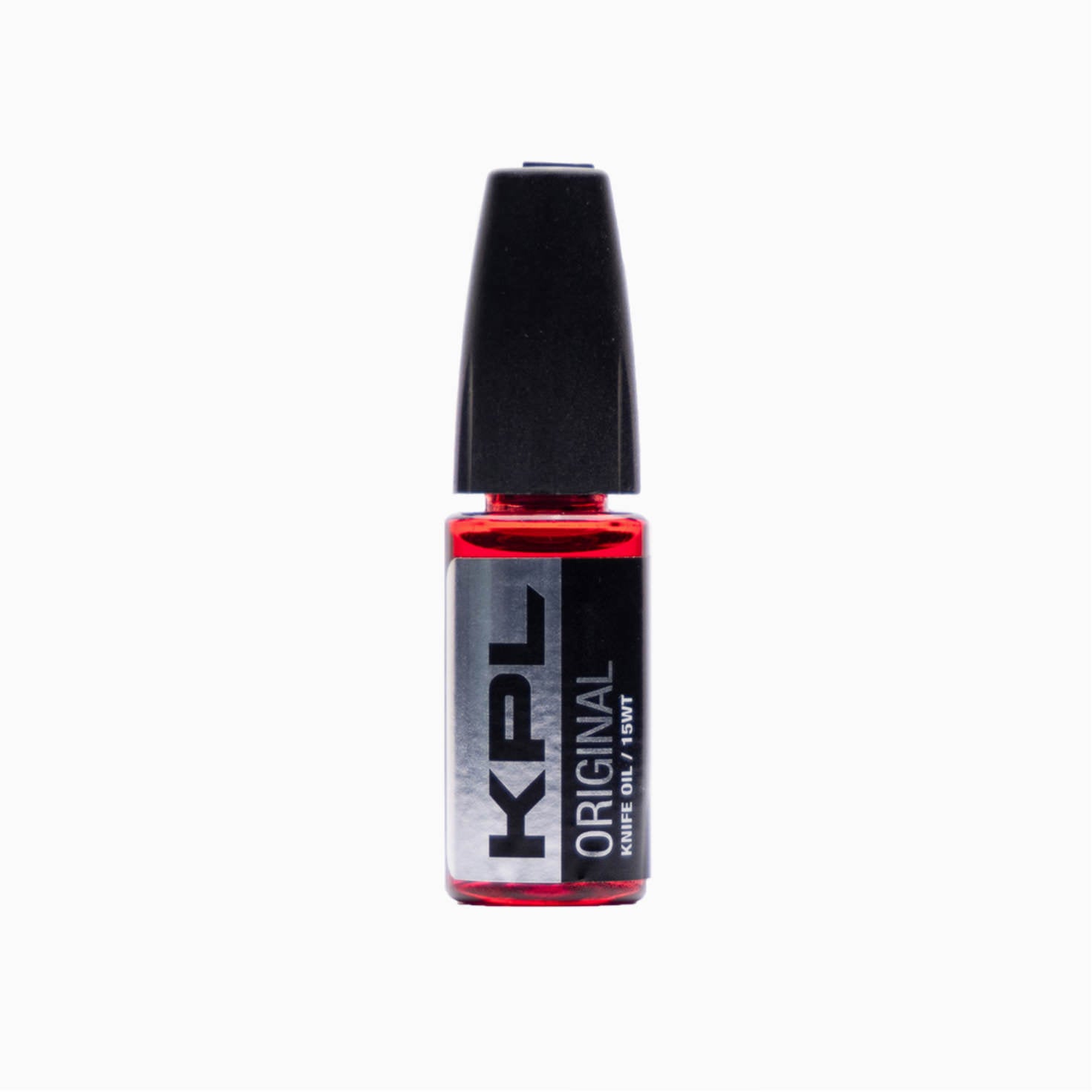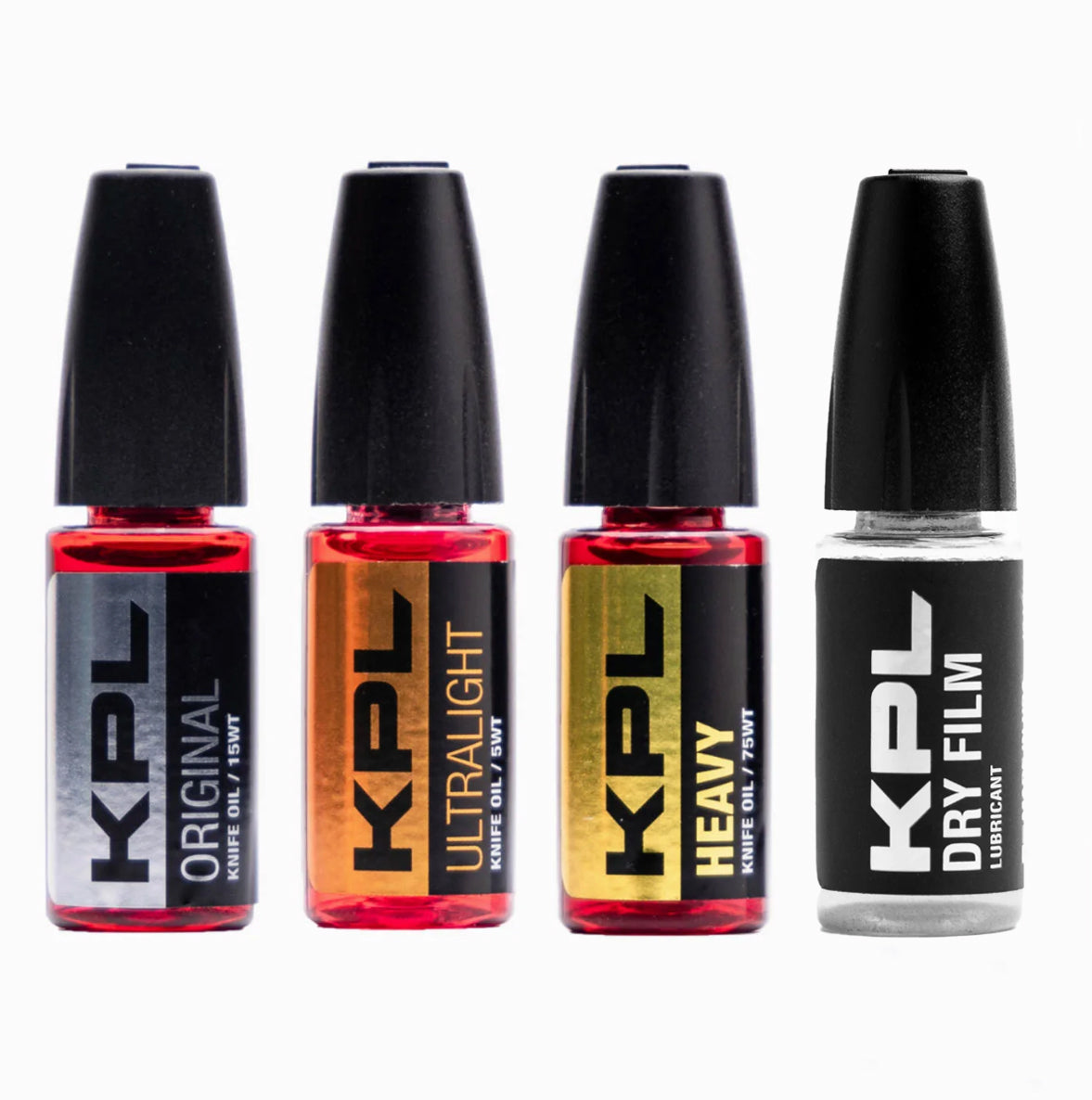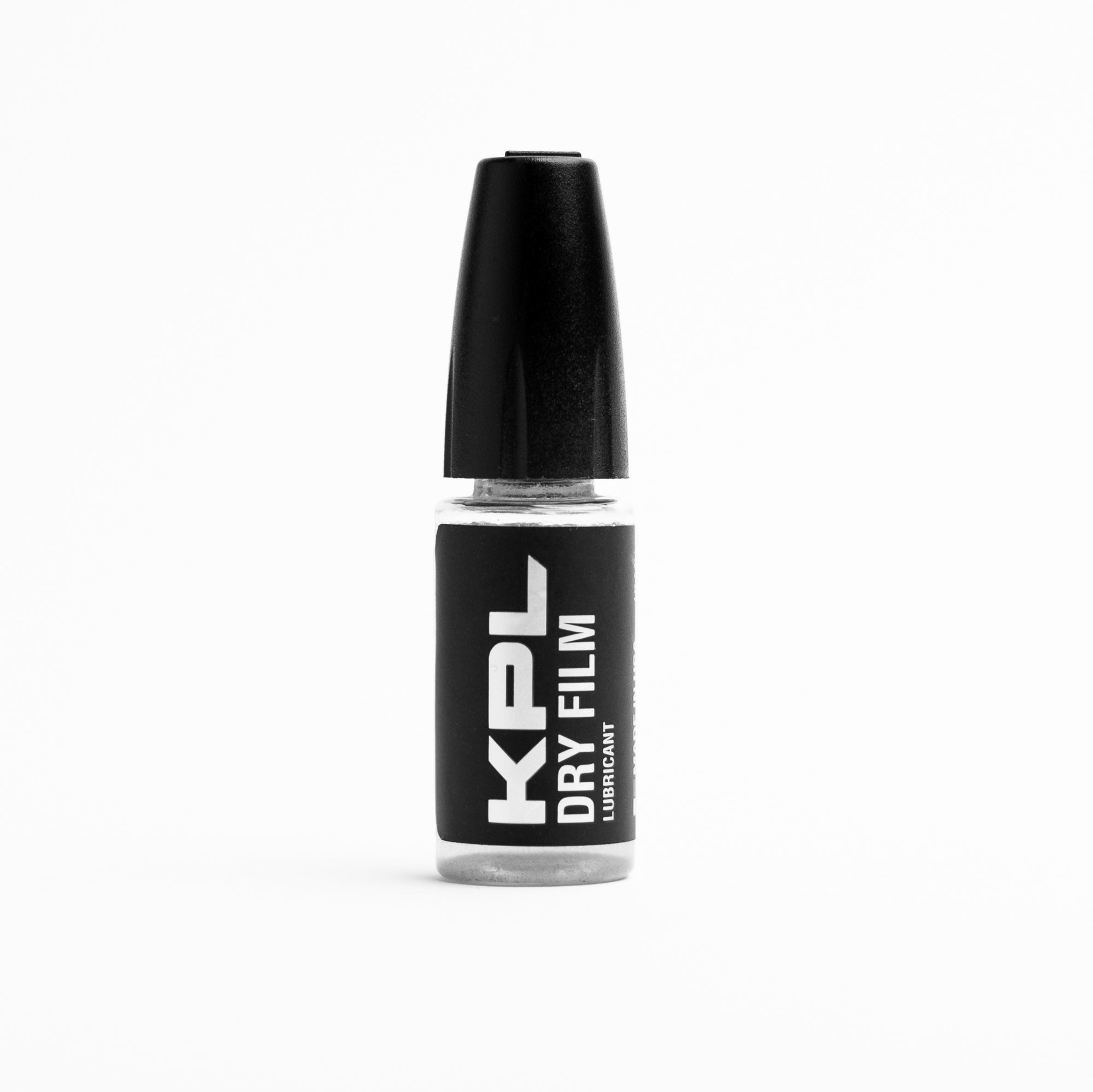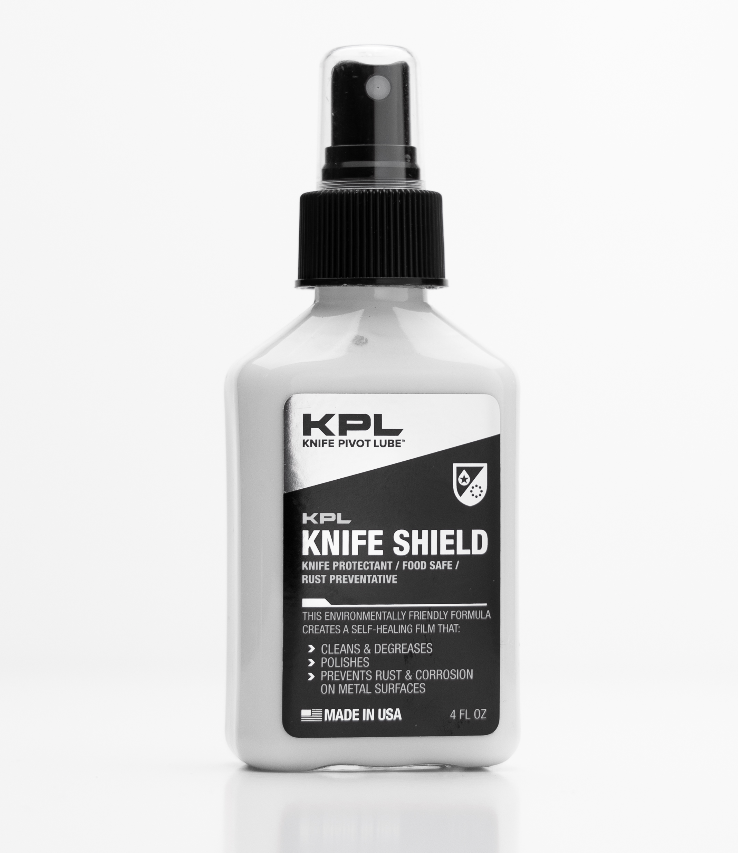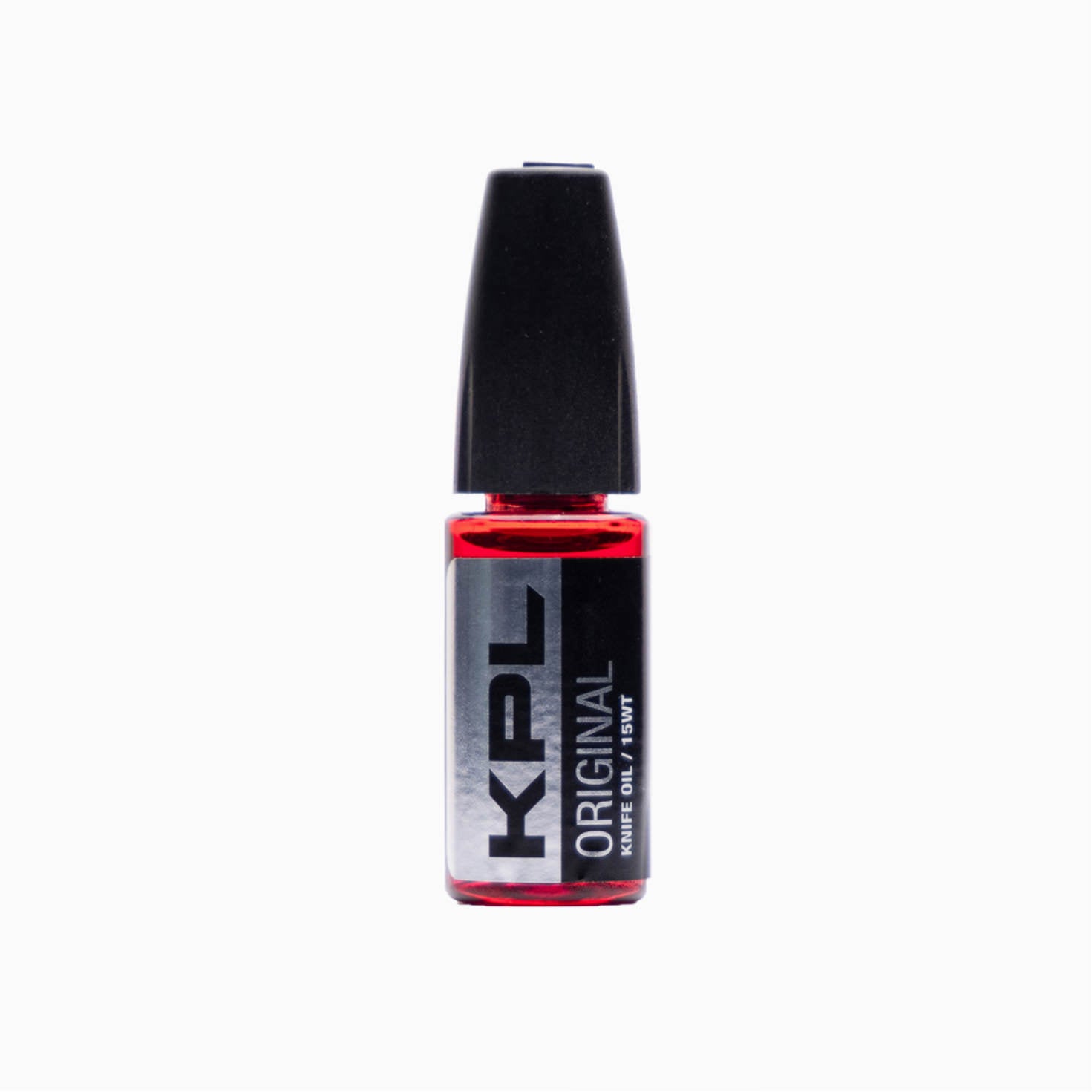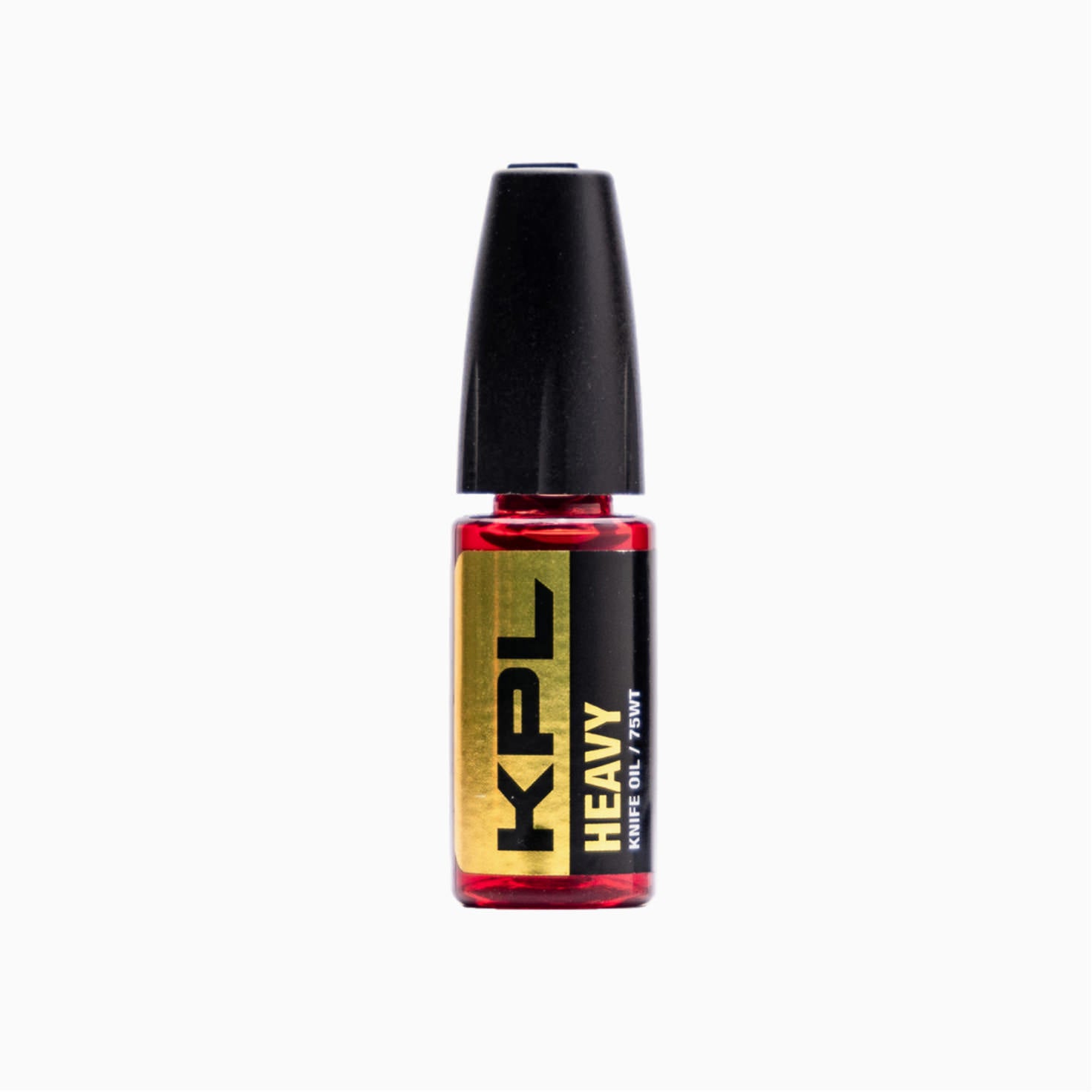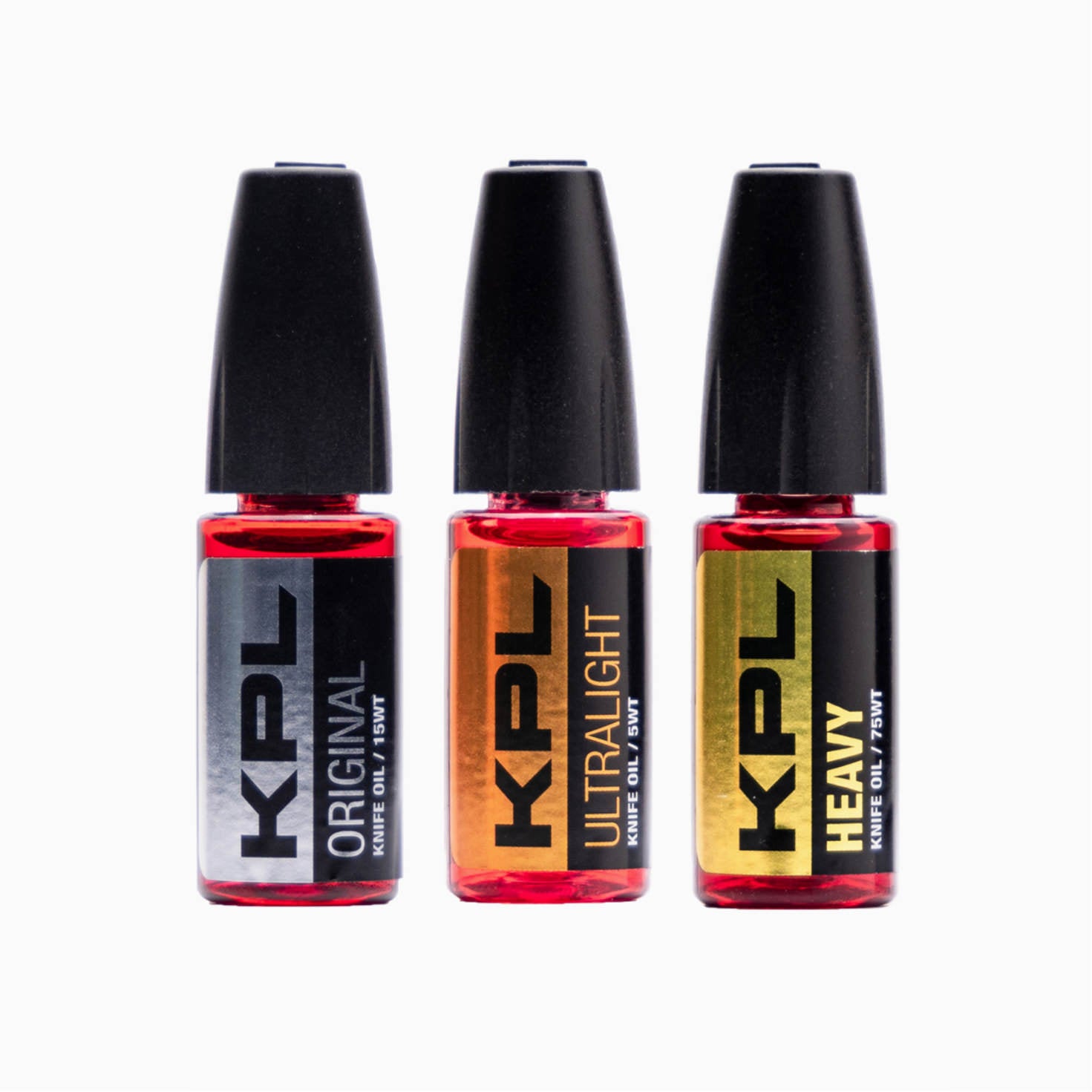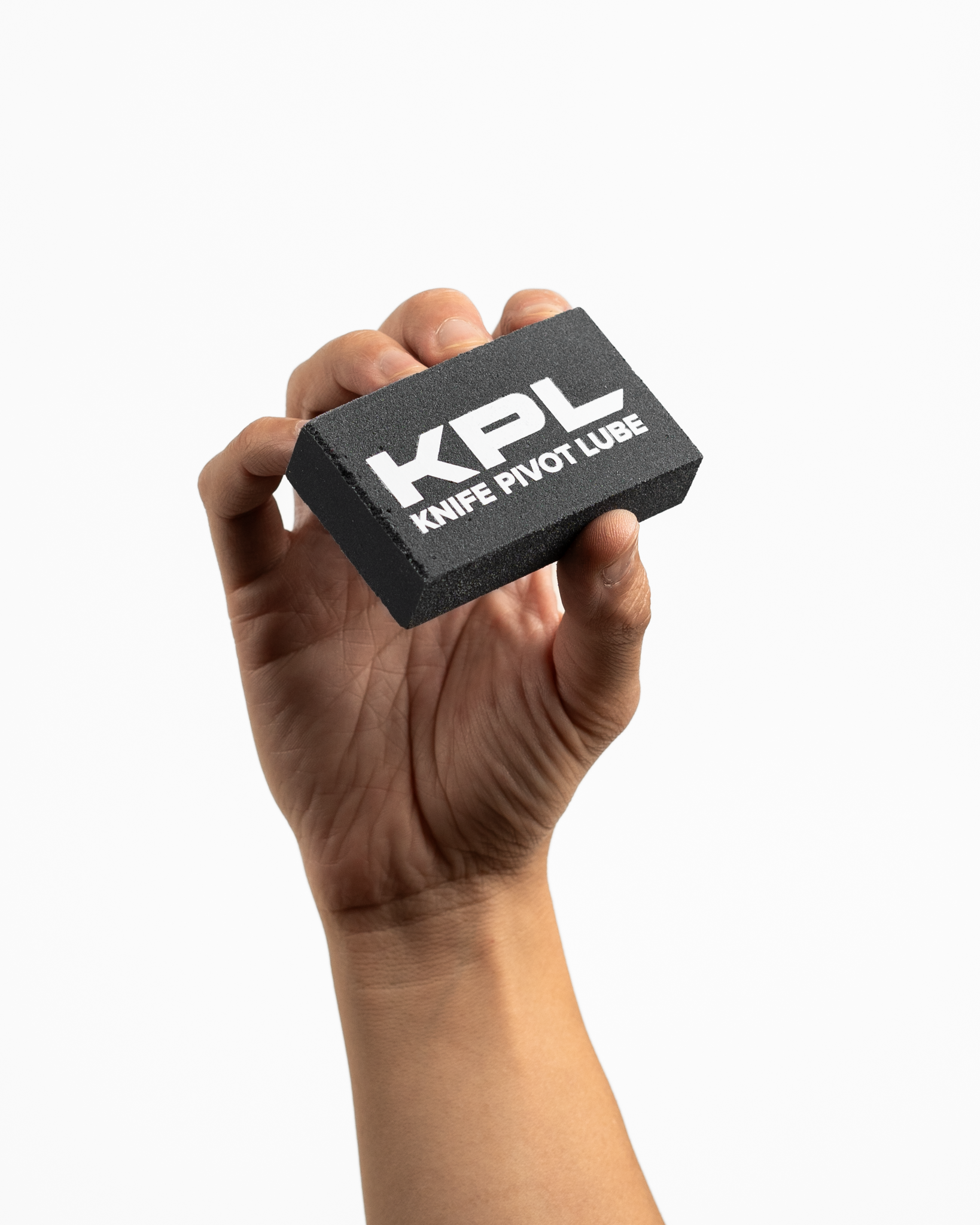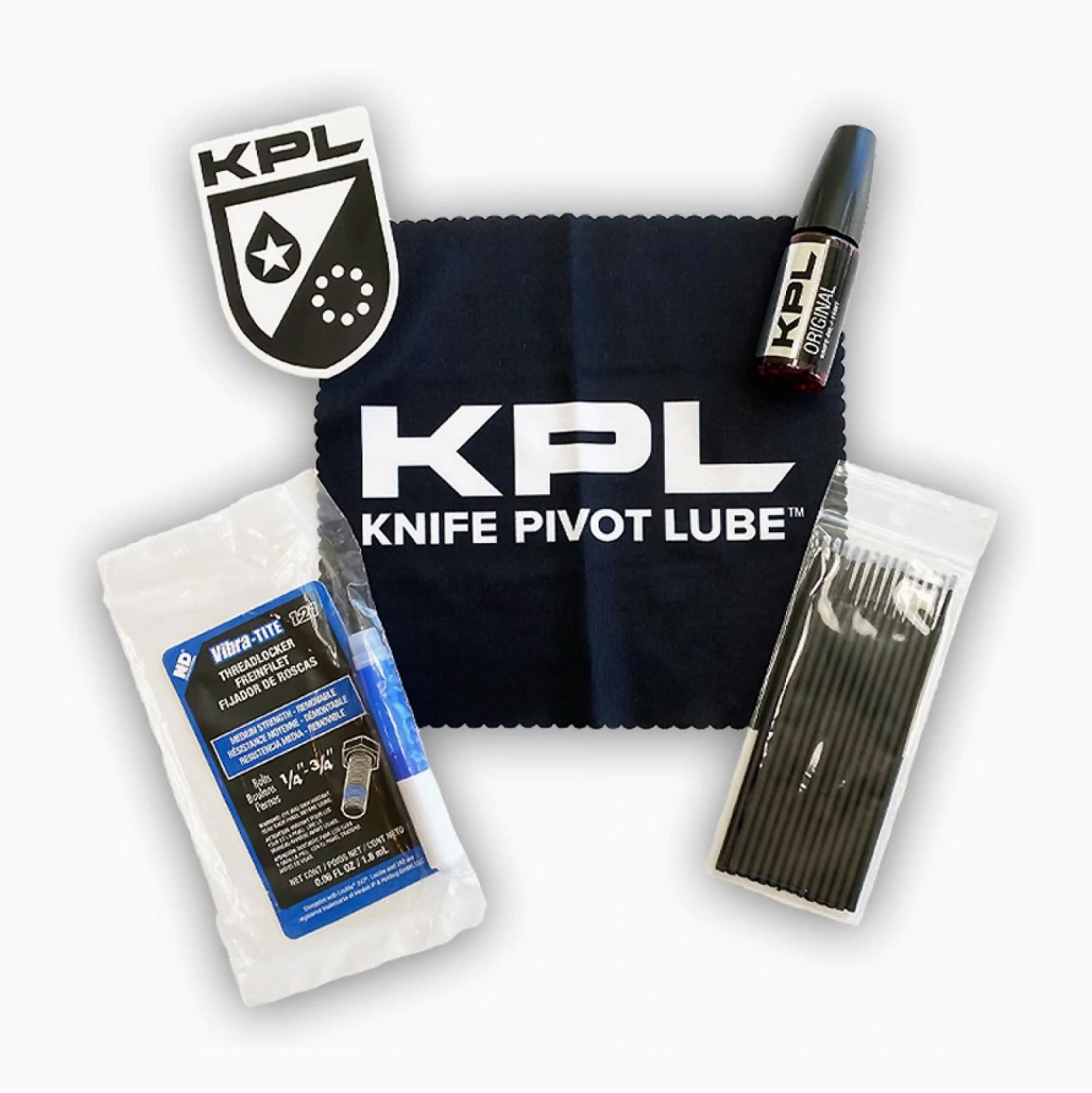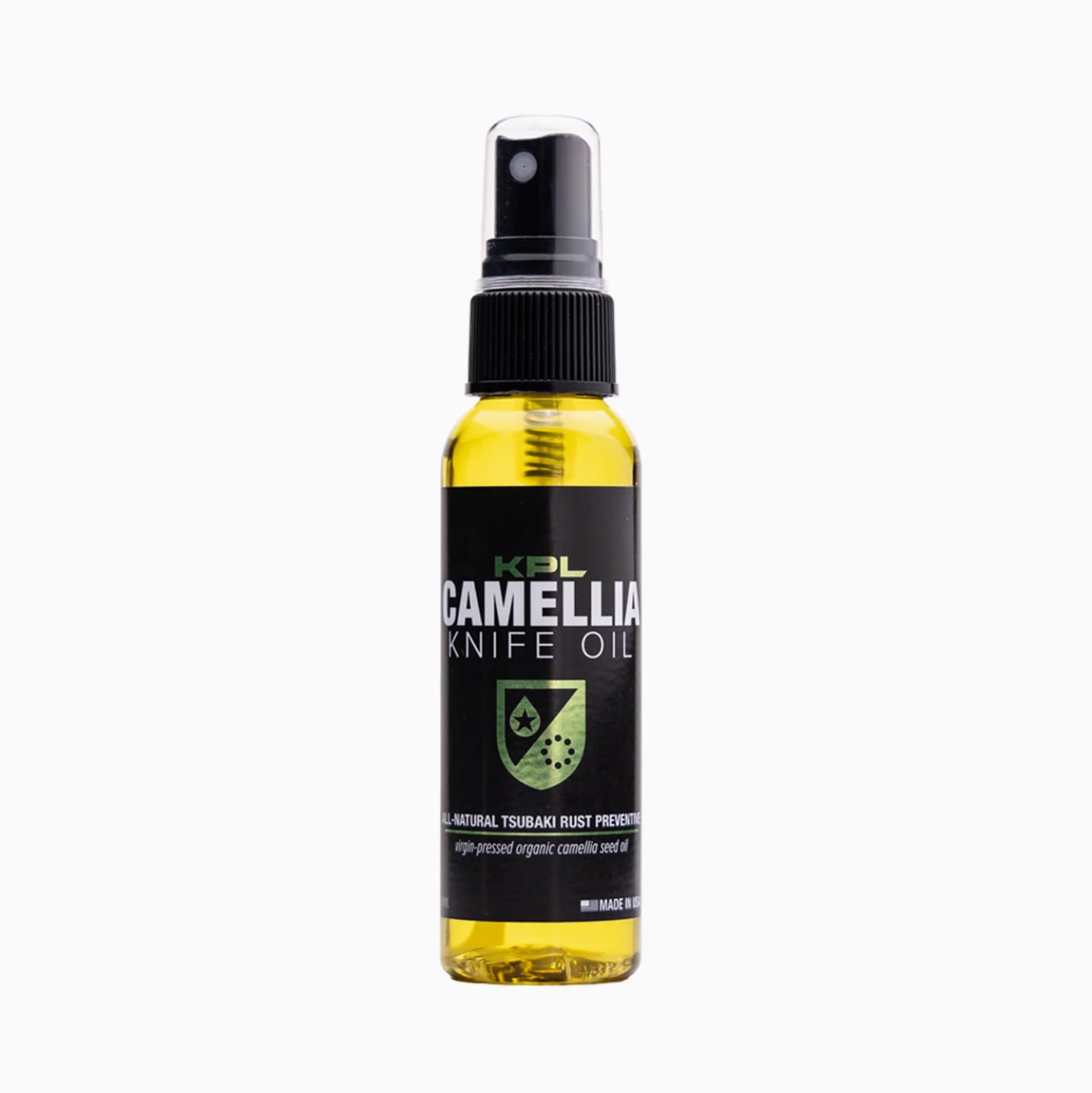
One of the most important aspects of maintaining your cutting tools is maintaining your edge. Having a sharp edge on your knife allows for the most efficient and safe operating condition for any knife.
Through regular use of your knife your edge will gradually become dull, making cutting tasks more difficult. There are a number of factors that contribute to how quickly this happens: the type of blade steel, edge geometry, and also the materials being cut by the knife.
Blades losing their edge is inevitable given enough use, but there are ways to prevent your knife from dulling to slow this process. Head on over to How to Take Care of a Pocket Knife for more info, and check out some things to avoid with a list of Your Knife's Enemies.
There are several different strategies one can employ to maintain their blade edge a peak operating condition:
- Manufacturers' Sharpening Services
- Professional Sharpening Services
- Leather Strop
- Free Hand Sharpening
- Guided Sharpening
- Power Sharpeners
Professional services allow you to keep your blade edge in perfect condition without you having to do the work yourself, but doing the work yourself has its advantages as well.
Manufacturer Sharpening Services
Many knife makers, especially in the higher end knife space, will offer free or low cost sharpening services. This is a convenient way to ensure your knife maintains the edge that came from the factory. Simply check the manufacturer's instructions, send them the knife, and they will send it back as sharp as new.
This is a great service for those who are unfamiliar with sharpening knives or simply don’t want to do it themselves. This also ensures that the blade will not be damaged or the cutting angles changed, or void any warranties.
Although this is a safe option, it comes with the downside of taking some time. The process of shipping your knife, them sharpening it, and then shipping it back to you can easily take 2 to 4 weeks.
Professional Sharpening Services
There are many professional sharpening services available either locally or found through the vast online knife community. These services are convenient for those who are uncomfortable with or just don't want to sharpen their own knives.
Some professional sharpeners are also proficient at repairing damaged blades, reprofiling the edge, or doing a completely different blade grind. Having the ability to do a new grind is a great customization option, but will void any manufacturer warranty in most cases.
This process can also be time consuming, particularly if shipping is involved. When using a professional sharpening service I would highly recommend looking for reviews and references from members of the community before selecting one to go with.
Doing it Yourself
Sharpening your own knives can be a very rewarding activity, though there are numerous considerations to take into account. Knife sharpening is a skill that requires practice, and if done improperly can damage your blade's edge and tip.
There are many different types of knife sharpeners, and one must consider the type of equipment they want to use and the cost that goes into it. I will cover the most common sharpening methods as well as provide some examples of the systems that are out there.
Leather Strop

Stropping, like using a honing rod, is not a true method of sharpening. It is actually a method that hones your blade edge and can also be done as regular maintenance during the sharpening process.
Strops are made out of leather that is impregnated with a compound containing a very fine grit. Personally, any knife of mine that gets heavy use will get stropped at the end of the day. This will help maintain your edge longer and work out any small burrs that were created from use, allowing you to maintain a sharp working edge for much longer.
A leather strop is often the final step in the sharpening process. Most strops will be purchased with the compound already on the strop, but it is a good idea to pick up more if you plan on using it a lot. There are a lot of options out there, but I would recommend starting with a large leather strop for ease of use and practice.
Manual Free Hand Sharpening

This method of knife sharpening has existed for thousands of years. It involves running the blade edge over a surface that will wear down the metal and return the knife's edge to peak cutting performance.
This is very commonly done with the Scandi knife grind found in many outdoor fixed blades, as the grind itself acts like a guide for sharpening. Most edge types can be efficiently sharpened this way, but it takes a high degree of skill to avoid damaging your blade edge and altering the angle of the edge.
This is the least expensive and most compact sharpening method, and can easily be done in the field. In many cases a flat river stone can even be used with certain tool steels.
This method is decidedly more difficult to use with most super steels. Because of the chemical composition of the steel, the same factors that lend to their incredible edge retention also lead to difficulty in sharpening.
Personally I utilize Fallkniven sharpening stones: they are small, easy to throw in a pouch or pack, and are inexpensive.
Guided Manual Sharpening Systems

Guided manual sharpening systems are a great option for the beginner sharpener. These are available in both large home or shop based systems, as well as more compact and even field options.
Where these systems really shine is that they allow you to sharpen at a specific angle. This ensures that you can match the angle of the factory edge or, as you advance in your sharpening skills, change the angle to better suit your preferences.
The price of these systems vary widely depending on what kind of components they contain.
For a beginner, the Spyderco Sharp Maker is an exceptionally inexpensive option. It is popular among many enthusiasts, contains all the basics you need to get started, and there are even a few upgrades available as you advance your skills.
For more advanced knife sharpeners, the KME and the Lansky systems are very popular options and have a wide range of customization options, allowing for the end user to create their ideal sharpening system.
For field use I prefer the Worksharp Field Sharpener, as it provides a guided 20 degree angle for my fixed blades as well as a built in strop and ceramic rod.
Power Sharpeners
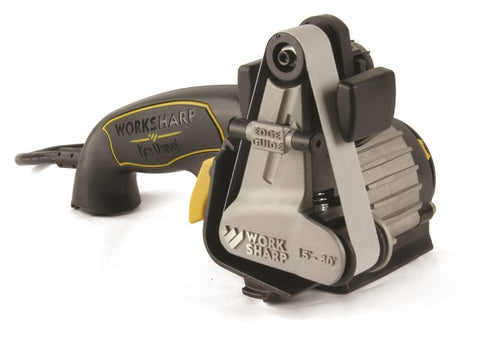
Power sharpeners use a powered belt for sharpening. I do not recommend these to people unless they have a lot of experience, as improper use can not only damage your blade but can also be dangerous.
These systems will offer you the fastest way to sharpen your blade, but also generally result in the highest loss of blade material in the sharpening process. Though I don’t use these, the Ken Onion Edition Worksharp comes highly recommended by many enthusiasts.
Getting Started
Now that you have had the opportunity to be introduced to the different sharpening methods you may be eager to get started, but first things first! Head to Youtube and watch some videos of your selected sharpening method, and then watch them again! I can not stress this point enough: you will still make mistakes, but watching it done correctly will greatly reduce your errors and help you develop good technique.
Next you will want to get some inexpensive practice blades. For folders I'd start with something in 8CR or a similar steel, and for fixed blades start with 1095. These are both low edge retention blade steels, making them much easier to sharpen.
Once you are confident in your technique you can start working on your own knives, but don’t be surprised how much longer it takes to sharpen super steels then it does with your practice blades!
Knife sharpening is definitely a skill that takes time and practice to develop so try not get frustrated when you make mistakes, just keep practicing! Watch videos and learn from others in the community; with time and practice you’ll soon be a pro.

